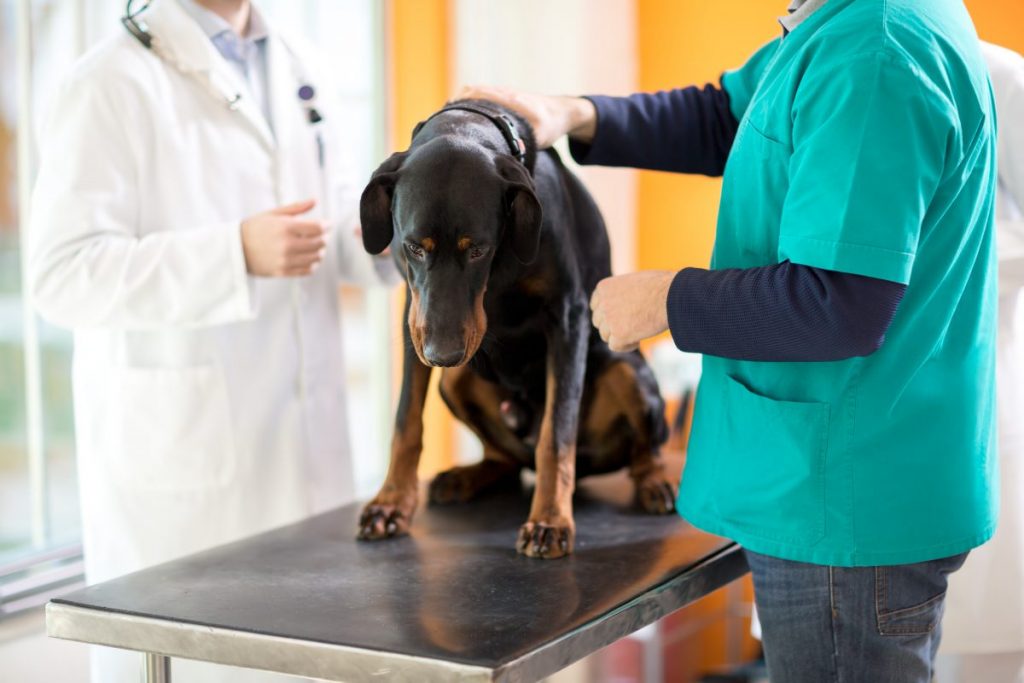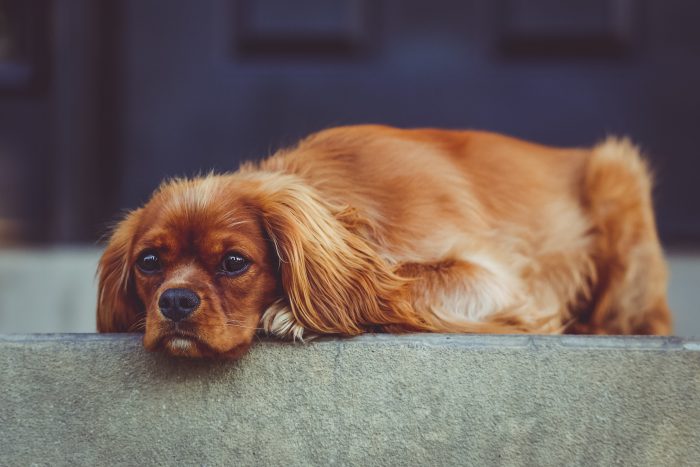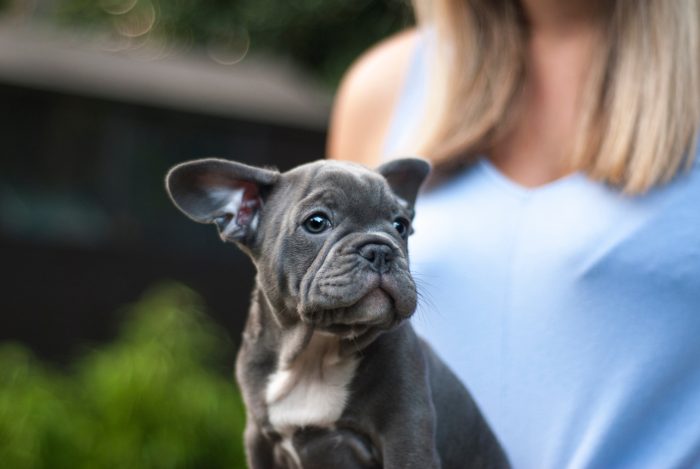Unvaccinated dogs and young puppies are at risk for contracting canine parvovirus. This highly infectious disease lives outside the body for long periods of time and is not easy to get rid of. That’s why it’s critical to get puppies vaccinated as soon as they are old enough.
What is Canine Parvovirus?
This highly contagious infection affects a dog in one of two ways, depending on which type of parvo the dog contracts.
Intestinal Parvovirus
This is the most common type of the disease. Puppies and dogs with intestinal parvo are likely to be lethargic and experience severe weight loss. Intestinal Parvovirus interferes with the digestion of nutrients. Your dog will also run a fever or have a low body temperature.
Cardiac Parvovirus
This rare form of parvo attacks the heart muscles of young dogs, usually leading to death. Cardiac Parvo occurs mostly in young puppies between six weeks and six months of age.
Contraction
What makes canine parvovirus so dangerous is how easy it is for dogs to contract it and how long it lives outside the body.
Canine parvovirus is contracted in one of the following ways:
- Dog-to-dog contact
- Contact with an infected dog’s stool
- Environmental contact
- People carrying the virus on their hands and clothing
Canine Parvovirus Symptoms
Dogs with the intestinal form of parvo will display some or all of the following symptoms:
- Anorexia
- Lethargy
- Vomiting
- Bloody or severe diarrhea
- Abdominal pain and/or bloating
- Fever or Low Body Temperature
Because parvo-related deaths usually occur within two to three days of symptom onset, call your vet right away if you notice these symptoms.
Risk Factors for Parvo
A variety of risk factors make it easy for dogs to get parvo. The infection spreads easily and can live outside the body for up to a year. It is weather- and heat-resistant, and the only disinfectant that kills canine parvovirus is bleach.
Even if your dog doesn’t have parvo, you can unknowingly bring it into their environment on your shoes or clothing.
Canine parvovirus risk factors include:
- Improper or lack of early vaccination
- Dogs from breeding kennels and dog shelters
- Diseases or drugs that suppress the immune system
- Being an at-risk breed
- Coming into contact with many dogs and puppies at a young age
As we just mentioned, certain breeds are more likely to catch parvo than others, but doctors are not sure why. Owners of these breeds may want to follow an extended vaccination schedule.
At-risk breeds include:
- Rottweilers
- Doberman Pinschers
- Pit Bulls
- Labrador Retrievers
- German Shepherds
- English Springer Spaniels
- Alaskan sled dogs (Malamutes and Huskies)
Parvovirus Diagnosis and Treatment
Veterinarians begin diagnosis by finding out about your dog’s history and prior vaccinations. Because nursing and other factors can interfere with a developing dog’s immune system, puppies should receive several vaccinations.
While a variety of tests are available to assist a vet in diagnosis, a fecal test will easily reveal if a dog has canine parvovirus.
Once a diagnosis is made, veterinarians have to move quickly to provide the affected dog with care. Because there are no real cures for viral infections, treatment involves eliminating and managing symptoms until the immune system is strong enough to fight the virus.
First your dog is isolated to avoid infecting others. Next, IV fluids are administered to help with dehydration and replenish electrolytes lost during the onset of symptoms. After that, it’s mostly about waiting it out until symptoms are gone.
Parvo Aftercare
After your dog is treated for canine parvovirus, their immune systems will still be weak. Take care to keep them away from large groups of dogs. If you have more than one animal, keep other dogs away, as your dog can still infect other dogs for up to two months. Your dog also needs a chance to build up immunity and get additional rest.
The mention of Canine Parvovirus may strike fear into the heart of puppy owners everywhere, but the truth is that you can easily reduce your dog’s risk of contracting it. Make sure your pet is properly vaccinated and do not socialize them until a few weeks after their last shot. If you own an at-risk breed, consider extending their vaccination schedule and take care to keep them away from large groups of dogs.
Follow these guidelines, and your pet is on their way to a long and happy life.






